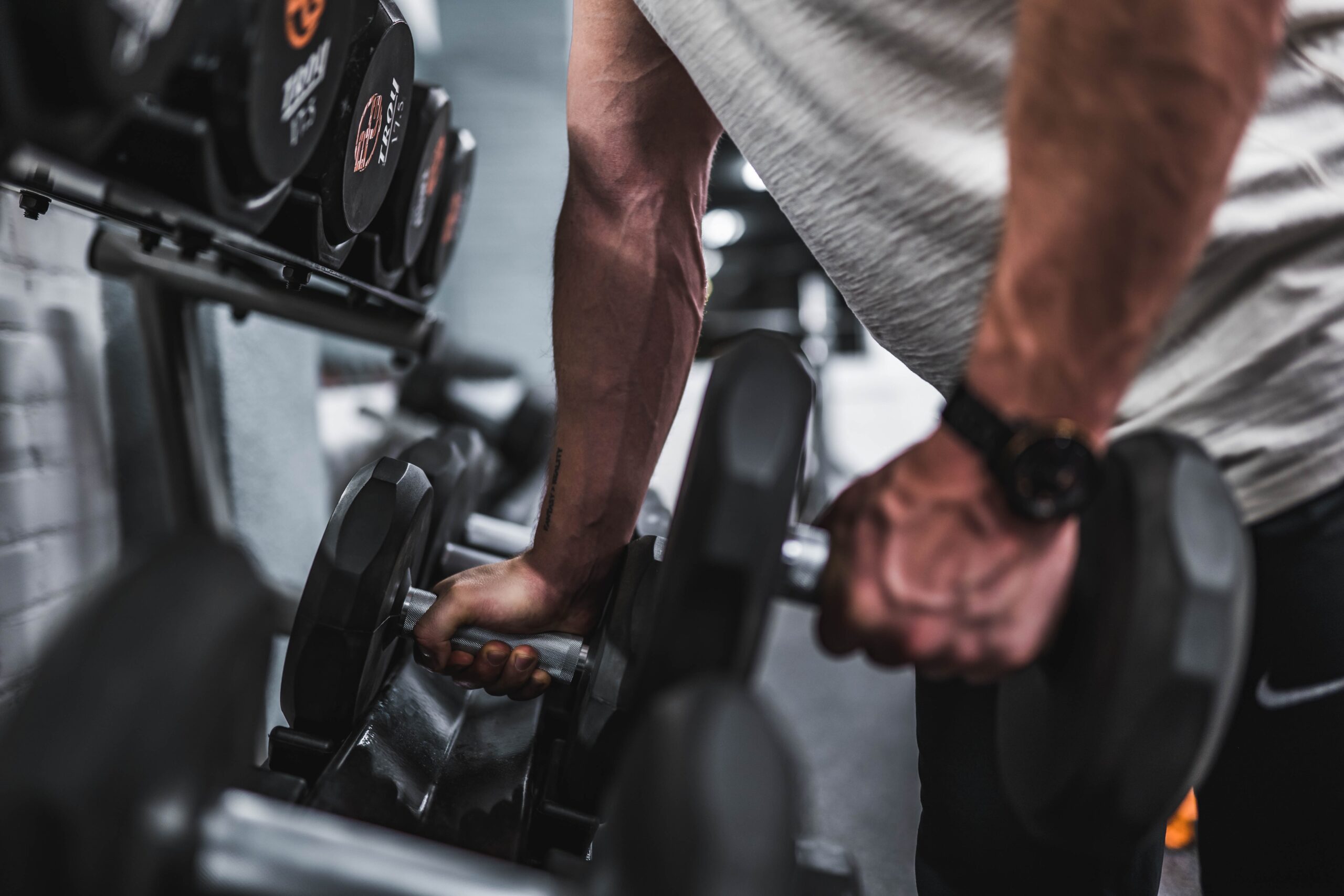Nasal breathing has a whole host of general benefits, from improved sleep and cognitive function to reducing stress and anxiety. This post aims to answer the question should you breathe through your nose when exercising?
Most athletes tend to breathe through their mouths when exercising, missing out on consciously inhaling and exhaling through their noses. We will be covering the physical performance benefits and considerations when it comes to nasal breathing during exercise.
What is nasal breathing?
Nasal breathing is the act of inhaling and exhaling through the nose. It is the natural way to breathe, and it is essential for optimal health.
The nose is designed to filter, warm, and humidify the air you breathe. This helps to protect your lungs from harmful pollutants and allergens. Nasal breathing also helps to regulate your heart rate and blood pressure.
Should you breathe through your nose when exercising?
As humans, we are naturally designed to breathe through our noses. There is a common misconception that more air is better so mouth breathing is suggested to bring in more oxygen but it is slightly more complicated than that.
When we breathe through our nose we release nitric oxide, which increases the carbon dioxide (CO2) in our bloodstream resulting in further oxygen release. A study on a group of runners has shown that with nasal breathing their breaths per minute, respiratory rate, and oxygen intake to CO2 output ratio decreased with nasal breathing. This allowed more time for oxygen to get into the bloodstream due to the lower breathing rate.
Optimise athletic performance
How we choose to breathe can have an impact on our nervous system, in particular our autonomic nervous system. By breathing through the mouth we are activating the sympathetic nervous system, triggering our fight or flight response and dumping carbon dioxide making it more difficult to send oxygen to our cells.
Breathing through our nose activates the parasympathetic nervous system which is our rest and digest state. This system regulates how high our heart rate can go and can help keep us calm and deliver oxygen more efficiently.
Some of the benefits of nose breathing during exercise are:
- Calm and clear body and mind: This can be especially beneficial in sports that require the utmost focus such as combat sports, keeping calm also helps with upholding endurance during tough physical demands.
- Recovery: Recovery from exercise should be improved due to the body being more efficient with oxygen delivery, therefore allowing better rest for tougher or more consistent workouts.
- Immune System: Nasal breathing filters the air we breathe from airborne diseases supporting a healthy immune system and allowing us to be sick less and exercise more.

Tips for nasal breathing during exercise
Below are some tips to start introducing nasal breathing into your workouts.
- Start off slow: Nasal breathing can be challenging if you’re not used to it. Start off with nasal breathing just during your warm-up if you are finding it difficult, as exercise intensifies it can get increasingly difficult to breathe through the nose due. Over time you will become better at nasal breathing and will be able to naturally progress to being able to utilise it over the entire workout.
- Breathe consciously: Stay focused on your breath to ensure you are breathing efficiently and as intended. After a while, this will form a good habit and you will breathe efficiently and naturally. A good recommendation is 4 seconds inhale, 4 seconds exhale, of course this may change depending on the intensity and type of exercise. Try Wim Hof Method breathing exercise to practice breathing consciously!
- Decongest: Having a blocked nose is obviously not ideal for nasal breathing, if it is an allergy-causing it then use suitable nasal sprays. If you have a physical obstruction such as a deviated septum then you may have to consult a doctor and consider surgery.
- Don’t overdo it: Do not force breathing through the nose if you struggle during exercise. Depending on how out of breath you are, you may need to breathe through your mouth to bring in enough air. It can be very difficult at the beginning to breathe heavily through the nose, and this can be made worse if you have a partial blockage from congestion due to reduced airflow in the nasal passage.
- Breathe slow: Train your CO2 tolerance by breathing slower and over time you will develop the ability to go longer in between breaths, lowering the heart rate and inducing calmness in the body.
Lifestyle changes
Do not be discouraged if you’re finding it difficult at first, as it is a skill that requires developing and over time it will get easier with consistent training.
Practicing nasal breathing daily with a focus on slow breathing will improve your carbon dioxide tolerance and keep you in a calmer state more regularly. Breathing this way will build healthy habits including improved sleep, reduced stress and anxiety, and a healthier and happier body.
These healthy habits will compound and lead to you being able to invest more time and energy in your journey into experiencing other healthy habits such as cold water therapy and intermittent fasting. You’ll be able to take control and improve your quality of life.
Key Takeaways
In this post, we’ve outlined why nasal breathing is a great way to breathe when exercising, and a great way to breathe in general. It helps keep our rest and digest state activated keeping us calm, collected and focused which is vital in today’s world amongst all the stresses that we may feel attack us daily.
The benefits of delivering oxygen more efficiently to our bodies have a positive impact on our recovery and immune system which compound into us being able to work harder and more consistently which over time will make all the difference, whether you’re an average gym go-er or a full-time athlete.
I hope the next time you exercise, whether it’s a run, boxing, or weights you consider using nasal breathing as a tool to improve performance.
Have you got any thoughts on nasal breathing during exercise? Please share below!



Leave a Reply